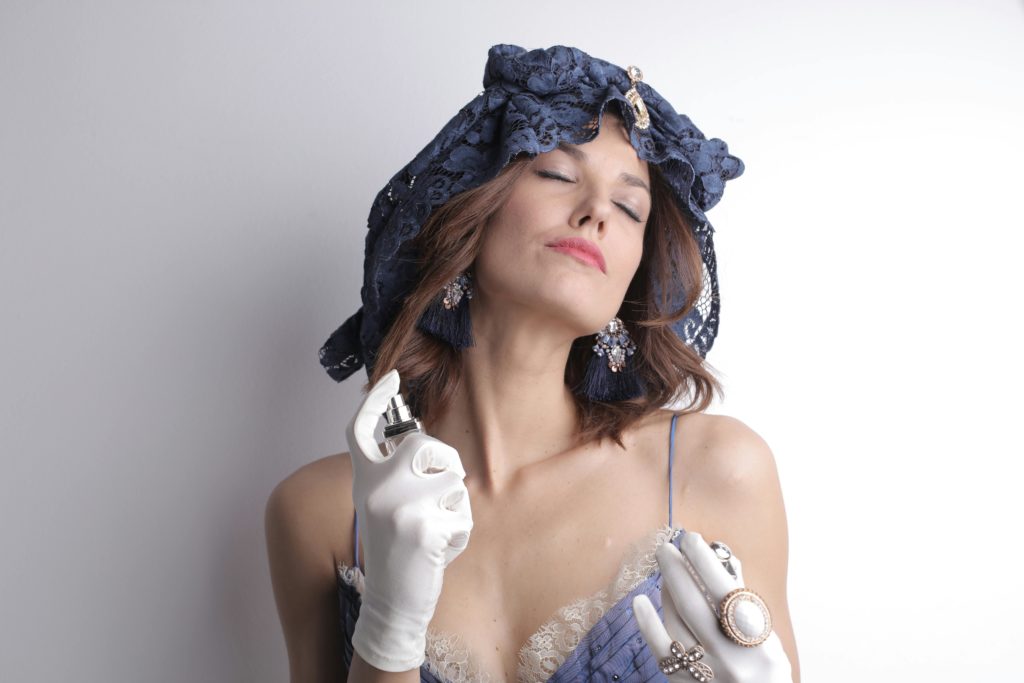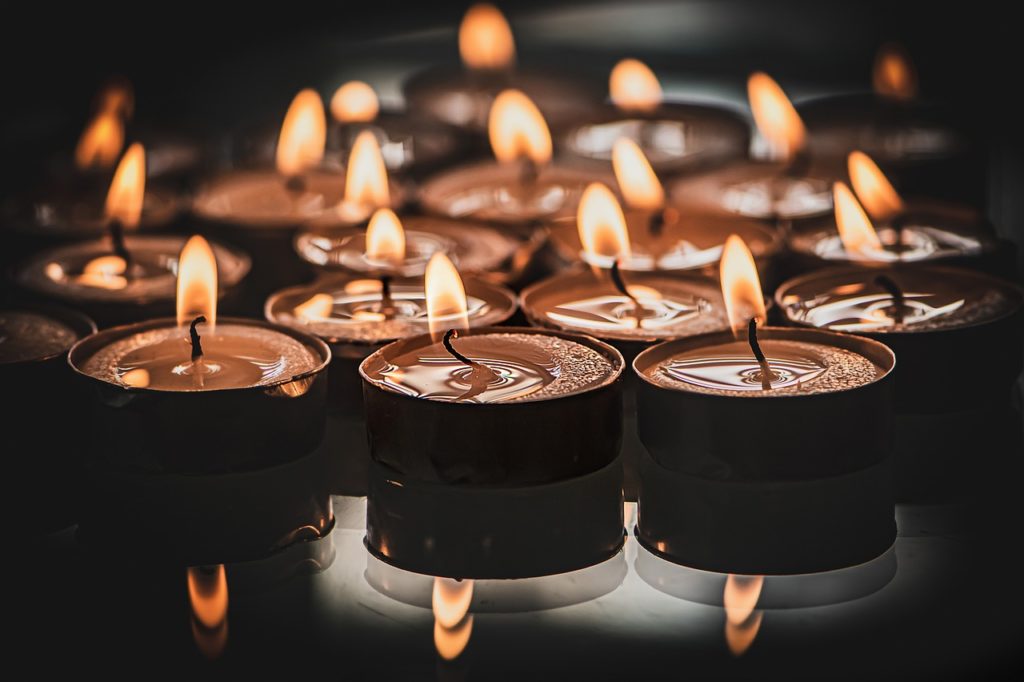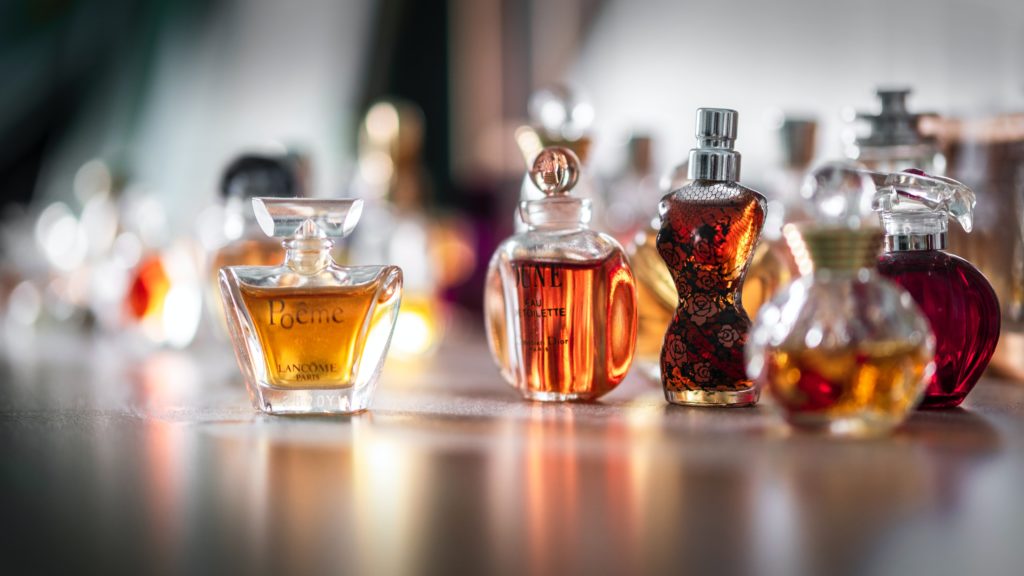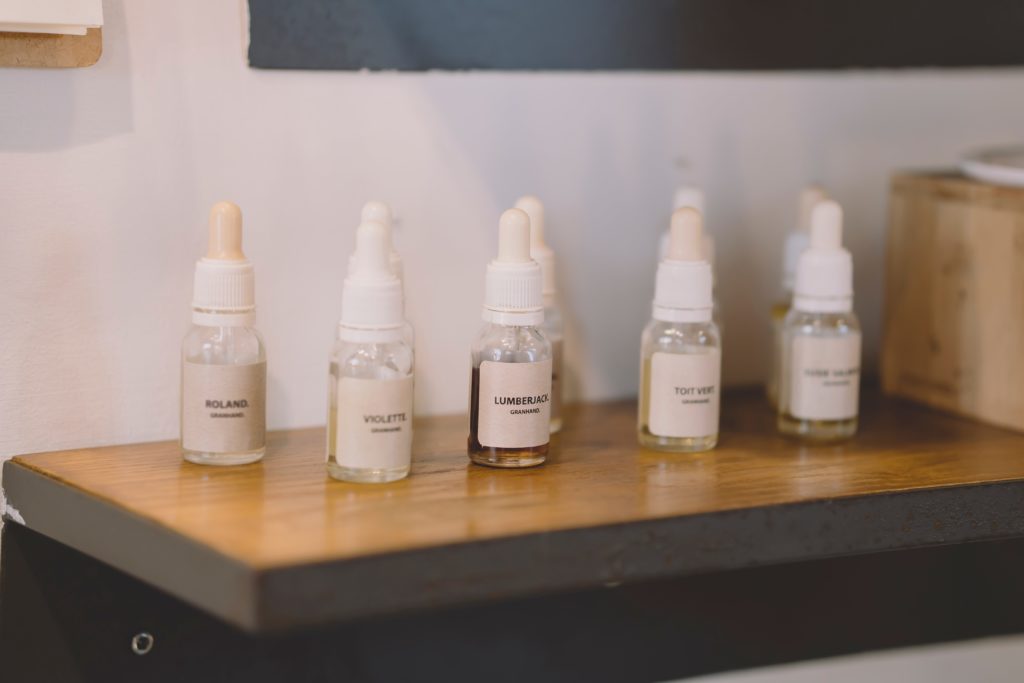Perfume has long been celebrated for its ability to evoke memories, stir emotions, and enhance our sensory experiences. But beyond its role as a mere accessory or indulgence, perfume is increasingly being recognized as a form of art—a medium through which perfumers can express their creativity, imagination, and craftsmanship.
In recent years, a new trend has come outd within the world of fragrance: the creation of “fragrance sculptures”—complex, multi-dimensional scents that defy traditional categorization and challenge our perceptions of what perfume can be.
In this article, we’ll explore the concept of fragrance sculptures, uncover the creative process behind their creation, and examine how they are reshaping the landscape of contemporary perfumery.
The Evolution of Fragrance Sculptures
The concept of fragrance sculptures can be traced back to the avant-garde perfumery movement of the 20th century, which sought to push the boundaries of traditional perfume-making and challenge established norms.
Perfumers like Jean-Claude Ellena, Serge Lutens, and Frédéric Malle were instrumental in shaping this movement, creating groundbreaking fragrances that defied categorization and redefined our understanding of scent.
In recent years, the trend of fragrance sculptures has gained momentum, with perfumers and fragrance houses around the world embracing the concept as a means of showcasing their creativity and innovation.
These sculptural fragrances are characterized by their complexity, depth, and abstract nature, often eschewing traditional top, middle, and base notes in favor of a more fluid and dynamic olfactory profile.
They may incorporate unusual or unexpected ingredients, experimental accords, and unconventional blending techniques, resulting in scents that are as intriguing as they are elusive.
The Creative Process Behind Fragrance Sculptures
Crafting a fragrance sculpture is a highly intricate and labor-intensive process that requires a combination of artistic vision, technical skill, and olfactory expertise. Unlike traditional perfumery, which often follows a predefined formula or structure, fragrance sculptures are created through a process of exploration, experimentation, and improvisation.
Perfumers begin by conceptualizing the fragrance, drawing inspiration from a wide range of sources, including art, literature, nature, and personal experiences.
They then select a diverse array of aromatic ingredients—ranging from natural essences like flowers, fruits, and woods to synthetic molecules and accords—that will form the building bhair of the scent.
Next, perfumers experiment with different combinations and proportions of ingredients, blending them together in various permutations to achieve the desired olfactory effect.
They rely on their finely tuned senses of smell and taste to evaluate the nuances of each ingredient, adjusting the composition until it achieves the perfect balance and harmony.
Throughout the creative process, perfumers may draw upon a variety of techniques and methodologies, from traditional perfumery practices like enfleurage and distillation to more experimental approaches like molecular distillation and headspace analysis.
The goal is to create a fragrance that is not only beautiful and evocative but also innovative and unique—a true olfactory masterpiece that transcends the limitations of traditional perfume-making.
The Impact of Fragrance Sculptures on Contemporary Perfumery
The come outnce of fragrance sculptures has had a profound impact on the world of contemporary perfumery, sparking a renewed sense of creativity, experimentation, and exploration within the industry.
Perfumers are increasingly pushing the boundaries of scent, challenging traditional notions of what constitutes a “wearable” fragrance and exploring new avenues of olfactory expression.
Consumers, too, are embracing the concept of fragrance sculptures, drawn to their artistic and avant-garde qualities. These scents appeal to individuals who seek out unique and unconventional fragrances that reflect their individuality and taste.
By embracing fragrance sculptures, consumers can experience scent in a whole new way, immersing themselves in the rich tapestry of aromas and emotions that these complex and multifaceted fragrances evoke.
Conclusion
Perfume has always been more than just a fragrance—it is a form of art, a medium through which perfumers can express their creativity, imagination, and vision. With the come outnce of fragrance sculptures, perfumers are pushing the boundaries of traditional perfume-making, exploring new frontiers of olfactory expression, and redefining our understanding of scent.
These complex and multifaceted fragrances challenge our perceptions of what perfume can be, inviting us to experience scent in a whole new way. As the world of perfumery continues to change, fragrance sculptures will undoubtedly play an increasingly prominent role, shaping the future of fragrance and inspiring generations of perfumers and fragrance enthusiasts alike.
FAQs
Q1: How are fragrance sculptures different from traditional perfumes?
Fragrance sculptures differ from traditional perfumes in their complexity, abstract nature, and unconventional olfactory profiles. They often eschew traditional fragrance families and compositions in favor of more fluid and dynamic scent profiles that challenge the senses and defy categorization.
Q2: Can fragrance sculptures be worn as everyday perfumes?
While some fragrance sculptures may be suitable for everyday wear, others are more experimental and avant-garde in nature, making them better suited for special occasions or artistic exploration. It ultimately depends on the individual’s taste and preference.
Q3: Where can I find fragrance sculptures?
Fragrance sculptures can be found at select perfume boutiques, specialty fragrance stores, and online retailers that specialize in niche and artisanal perfumes. They are often produced in limited quantities and may be available only for a limited time.
Q4: Are fragrance sculptures suitable for sensitive skin?
Like traditional perfumes, fragrance sculptures contain aromatic ingredients that may cause irritation or allergic reactions in individuals with sensitive skin. It’s essential to patch-test the fragrance on a small area of skin before applying it more broadly and to discontinue use if any adverse reactions occur.
Q5: Can I create my own fragrance sculpture at home?
Creating a fragrance sculpture requires a high level of expertise, technical skill, and access to a wide range of aromatic ingredients. While it’s possible to experiment with blending essential oils and fragrance oils at home, crafting a truly innovative and unique fragrance sculpture is best left to professional perfumers with years of training and experience.



